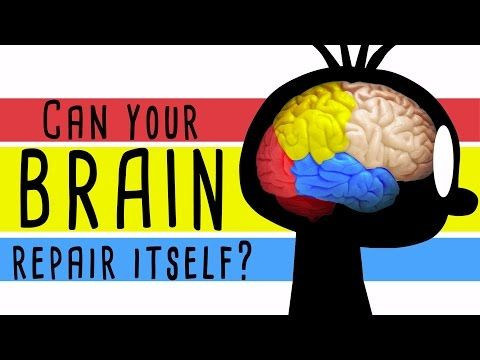The Human Brain And Neurogenesis: Healthy Neural Stem Cells And Progenitor Cells May Help Reverse Brain Damage

The human brain is a “biological motherboard” made up of 100 billion neurons that give us the ability to speak, imagine, and problem solve. Until recently, it was believed that we were born with most of the cells that make up our nervous system, and that the remaining ones developed during infancy. In a TED-Ed video, host Ralista Petrova explains that neurogenesis — the process by which the adult brain produces new cells — may act as a “reboot switch,” helping to reverse brain damage.
In the U.S., up to 5.3 million Americans currently have Alzheimer’s disease, with the number expected to more than double by 2050. Brain disorders represent a major public health threat for the aging population, especially as we continue to live longer. Learning to understand neurogenesis provides the opportunity for doctors to devise effective treatments that can make neurological diseases, like Alzheimer’s and Parkinson’s, and damaging events, like stroke, reversible.
The adult brain is actually able to produce new cells in at least three specialized areas, including the dentate gyrus, which is associated with learning and memory; the subventricular zone, which is involved with supplying neurons to the olfactory bulb for communication between the nose and the brain; and the striatum, which helps manage movement. In neurogenesis, neural stem cells and progenitor cells help manufacture new neurons and replace old ones. Although scientists have yet to unravel what role neurogenesis plays in these regions, or why they have this ability that's otherwise absent from the rest of the brain, the finding that a mechanism growing new neurons in the human brain is groundbreaking.
Scientists believe certain proteins and other smell molecules that mimic these proteins can be administered to the brain to make neural stem cells and progenitor cells produce more neurons in the three aforementioned areas. Though more research into this is necessary in order to produce efficient cells capable of surviving, the progenitor cells would hypothetically travel to places where injury has occurred, and give rise to new neurons there.
Another promising possibility includes transplanting healthy human neural stem cells cultured in a lab to the injured tissue, just like we do with skin right now. Scientists are currently conducting experiments to determine whether transplanted donor cells can divide, differentiate, and successfully give rise to new neurons in a damaged brain. Perhaps, teaching other kinds of brain cells, such as astrocytes or oligodendrocytes, to behave like neural stem cells could induce neuronal generation.
In regenerative medicine, it seems the path toward the brain becoming more self-sufficient is opening. Soon, if our brain gets damage, all we'll have to do is hit the brain system-reboot button.



























